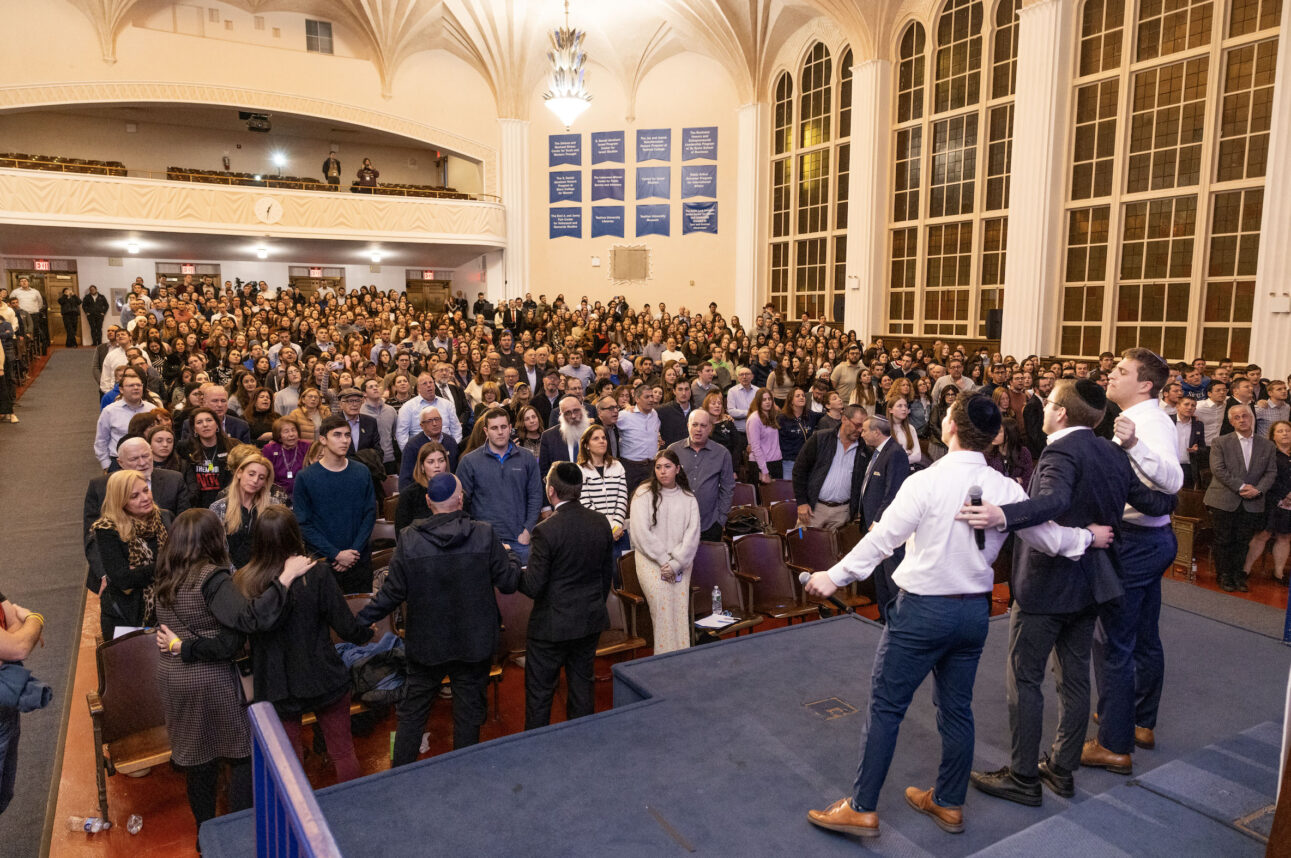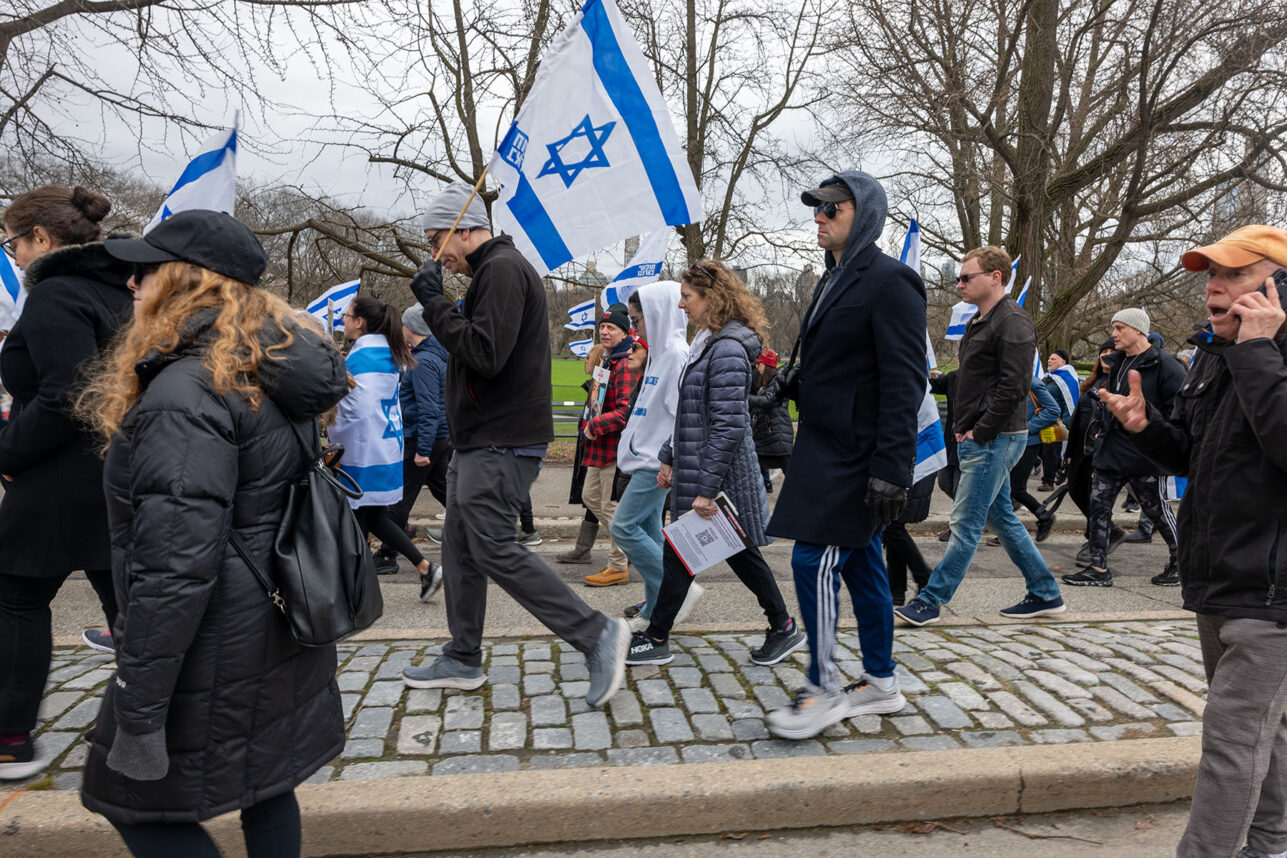With the introduction of photography in 1839, pioneer practitioners of the nascent medium flocked to the Holy Land, expecting the glorious biblical scenes imagined by Renaissance painters, but finding instead mainly dusty villages and a largely ramshackle Jerusalem.
One disappointed visitor in 1867 was the American Samuel Clemens, who, under the pen name of Mark Twain, wrote in “The Innocents Abroad” that “Of all the lands there are for dismal scenery, I think Palestine must be the prince.”
Yet, the 21st century visitor to the exhibition “In Search of Biblical Lands: From Jerusalem to Jordan in 19th Century Photography” at the Getty Villa in Malibu will be amply rewarded.
The daguerreotypes, salted-paper and albumen silver prints, and stereoscopic views may lack the subtlety and color of modern photography, but they offer a fascinating glimpse of the Muslim, Jewish and Christian inhabitants of that era.

“Femmes de Siloe, Palestine,” 1867-1870, Felix Bonfils. The J. Paul Getty Museum, Los Angeles.
Jerusalem, with a population of 9,000 in the mid-1800s, was hardly the shining city on the hill, but its skyline is dominated by the magnificent Dome of the Rock, and the pious Jews praying at the Western Wall testify to the unbroken connection of the Jewish people to the city.
Most of the early photographers were French and British, with the Maison Bonfils studio, founded by France’s Félix Bonfils, particularly active in scouring the hinterlands. Bonfils, his countryman Louis Vignes, and such British pioneers as James Robertson, Francis Frith and Sgt. James M. McDonald, took their bulky equipment to Nazareth, Bethlehem, Jaffa, Gaza, the Dead Sea and the Jordanian rock city of Petra.
The first photographers, like those who came later, were not above “enhancing” their works to meet the expectations of their Bible-loving customers and boost sales.
Bonfils may well have been the founding father of Photoshopping. Finding a view of the Jordan River uninspiring, he combined multiple negatives to add a picturesque Arab with a camel and a tented encampment of pith-helmeted British tourists.

“Lepers, Jerusalem,” 1880S, Maison Bonfils.Ken and Jenny Jacobson Orientalist Photography Collection.
Such photos soon became all the rage in Europe and North America, spurring Jewish immigration and a boom in Christian tourism.
Among the latter were many Americans, whom Twain viewed with a jaundiced eye. Describing the “solemnity and silence” of one particular desert site, he added, “Behold, intruding upon a scene like this comes this fantastic mob of green-spectacled Yanks, with their flapping elbows and bobbing umbrellas.”
Also drawn to the Holy Land were Christian missionaries, who sought to convert the local Jews, “but met with little success,” the exhibition brochure notes.

“Encampment of Western Tourists Outside of Jerusalem,” 1880s, Maison Bonfils. Ken and Jenny Jacobson Orientalist Photography Collection.
A side attraction are the early 19th century maps of Jerusalem and Palestine, with a vast area east of the Jordan River, stretching from the Sea of Galilee to the Gulf of Akaba, designated as an uninhabited “Great Syrian Desert.”
The exhibit continues at the Getty Villa through Sept. 12, along with the exhibit, “Apollo From Pompeii: Investigating an Ancient Bronze.”
Admission is free, but parking is $15 and advance reservations are required. For more information on the exhibition and related events, visit getty.edu/art/exhibitions/biblical_lands.






















 More news and opinions than at a Shabbat dinner, right in your inbox.
More news and opinions than at a Shabbat dinner, right in your inbox.